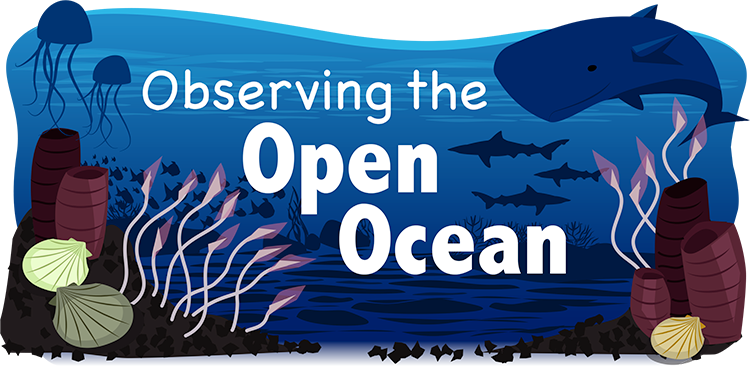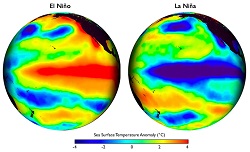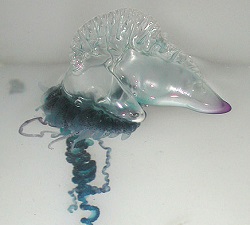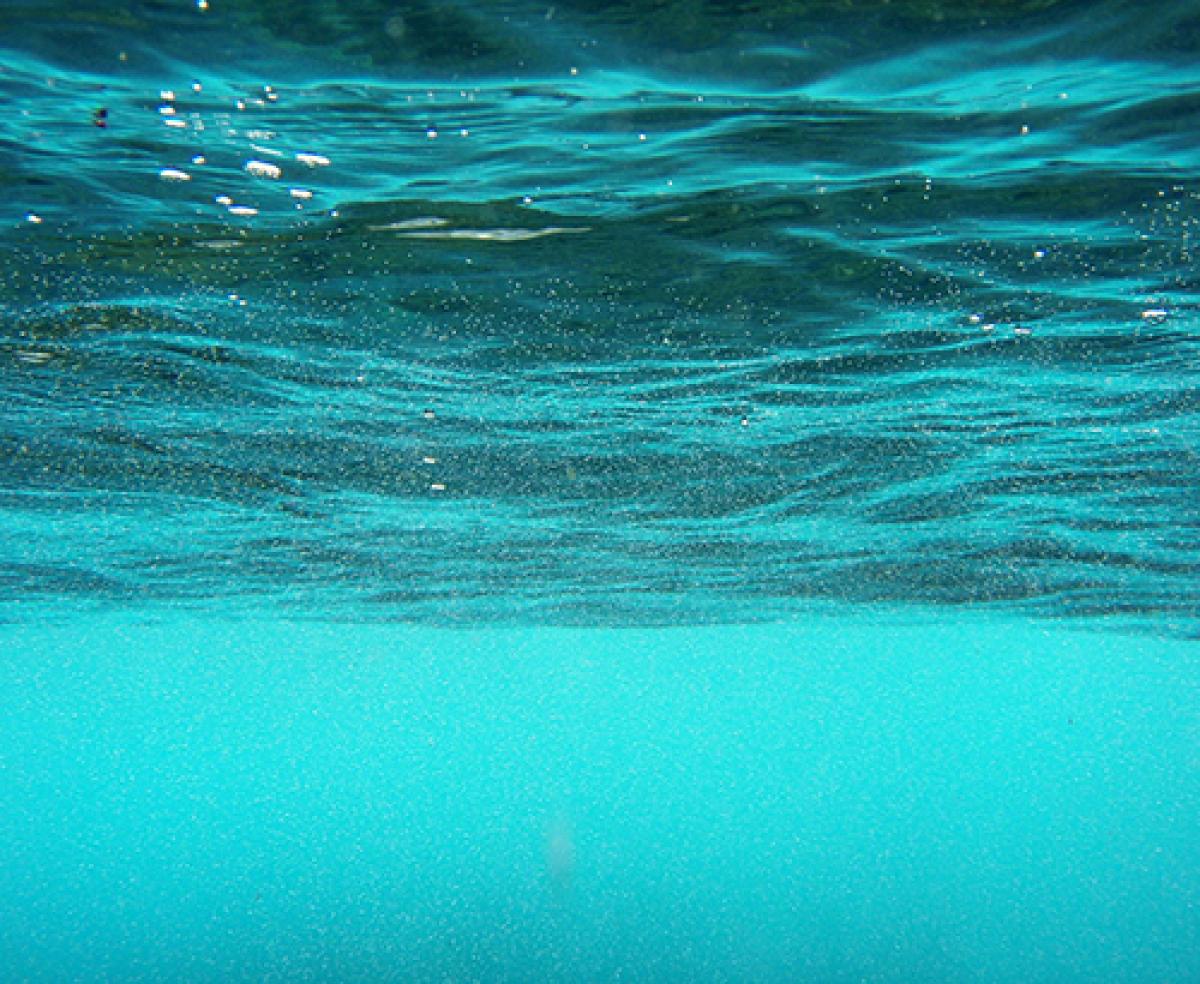
Illustrated by: Sabine Deviche
The Ocean Deep

You are floating, face up, in the middle of a big swimming pool. With your eyes closed and your ears under the water, you don't see or hear much. All you can feel is your body bobbing up and down on the surface.
You almost forget that there are sides or a bottom to the pool. In the ocean, there is a place where this feeling goes on and on: the open ocean marine biome.
The open ocean can appear boring with only water and sky visible, but these two pieces interact to make an interesting and changing ecosystem.
Without mountains or other features to get in the way, the environment in the open ocean often depends on the direction the wind and water move.
For example, the weather pattern El Niño happens when wind surface waters in the South Pacific Ocean start flowing east, turning the surface waters warm.

Ocean algae and plankton do not fare well in warm water. When these organisms die, there is no more food for larger animals. This weather pattern can change the structure of the entire ecosystem within a few months.
The deep ocean covers over 45% of the entire globe. If you were dropped in the middle of the open ocean biome you might have to swim hundreds of miles to reach dry land. Hopefully you learned to float because much of the open ocean is over 2 miles, or 3.2 kilometers, deep.
The water is so deep here that unlike other biomes, the deep ocean is often studied vertically (from top to bottom) rather than horizontally (from side to side).

In this biome light only reaches the first couple layers of the deep ocean. The rest exists in complete darkness.
This strange environment hosts many animals you might not even recognize as living creatures. And instead of plants, you’ll find mostly animals here because much of the open ocean is far from the sun’s reach where plants cannot grow.
The animals living in this world can spend their entire lives without ever touching a firm surface. Imagine drifting around your whole life, only heading whichever direction the currents take you.
Additional images via Wikimedia Commons. Underwater image by Felipe Skroski.
Read more about: Observing the Open Ocean
Bibliographic details:
- Article: Observing the Open Ocean
- Author(s): Robert Wildermuth
- Publisher: Arizona State University School of Life Sciences Ask A Biologist
- Site name: ASU - Ask A Biologist
- Date published:
- Date accessed:
- Link: https://askabiologist.asu.edu/explore/open-ocean
APA Style
Robert Wildermuth. (). Observing the Open Ocean. ASU - Ask A Biologist. Retrieved from https://askabiologist.asu.edu/explore/open-ocean
Chicago Manual of Style
Robert Wildermuth. "Observing the Open Ocean". ASU - Ask A Biologist. . https://askabiologist.asu.edu/explore/open-ocean
Robert Wildermuth. "Observing the Open Ocean". ASU - Ask A Biologist. . ASU - Ask A Biologist, Web. https://askabiologist.asu.edu/explore/open-ocean
MLA 2017 Style

The open ocean seems to be an endless world of water.
Be Part of
Ask A Biologist
By volunteering, or simply sending us feedback on the site. Scientists, teachers, writers, illustrators, and translators are all important to the program. If you are interested in helping with the website we have a Volunteers page to get the process started.

